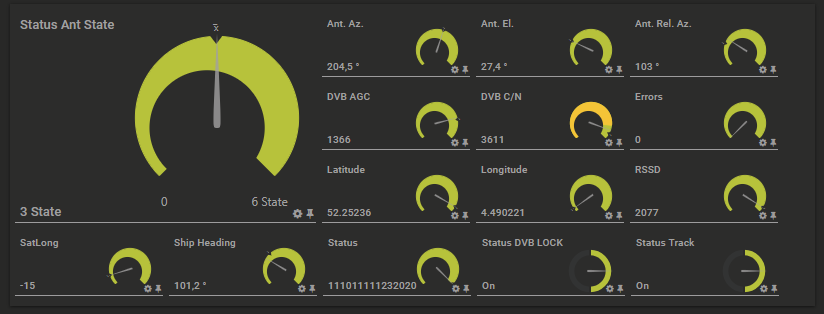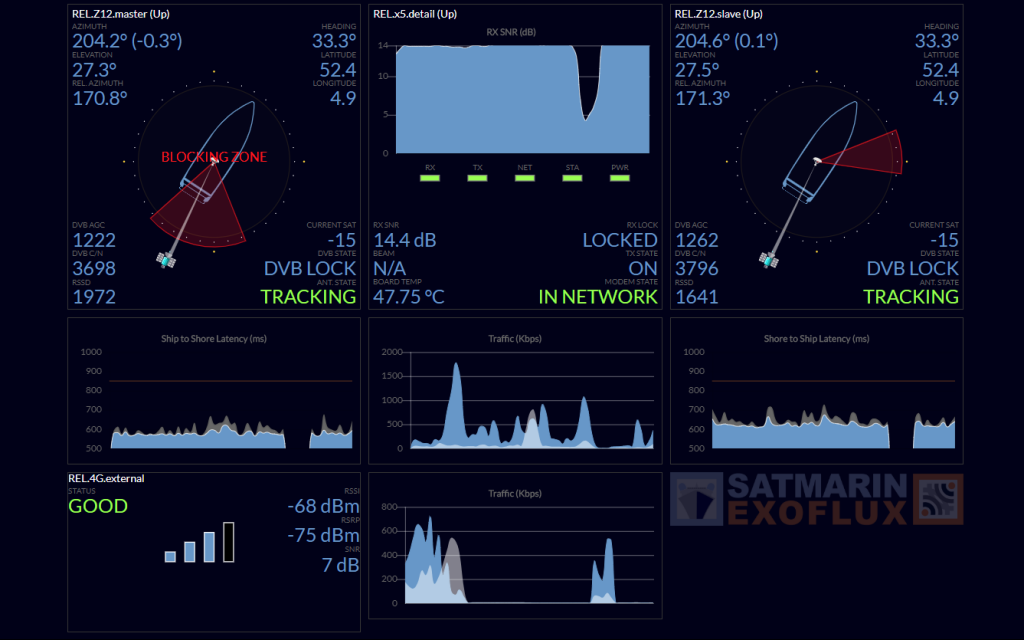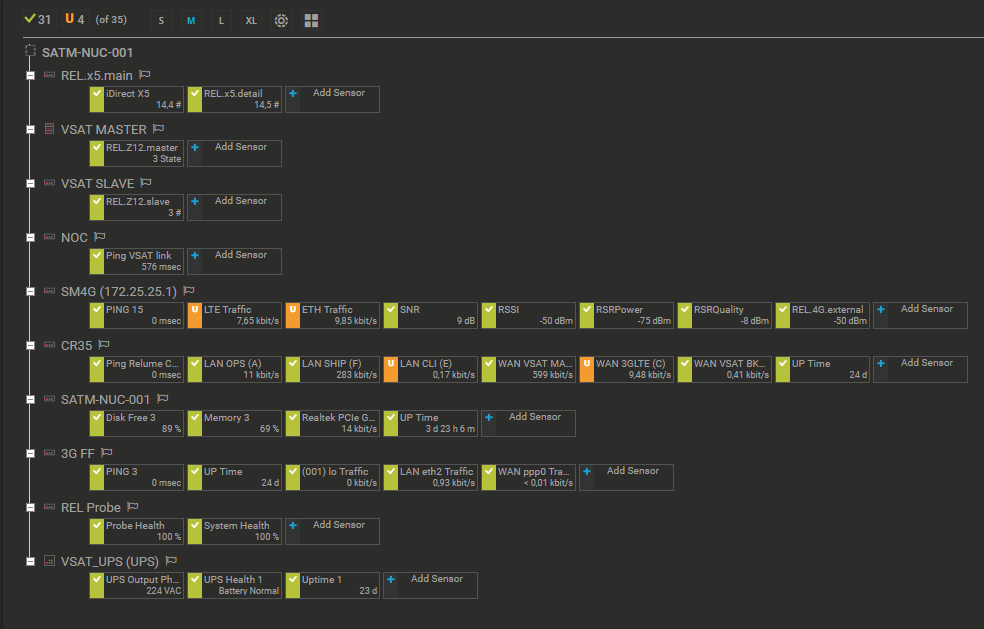These wise words from Peter Drucker would seem obvious to most of us, but how often are these effectively implemented.
Why Measure
In the telecommunication world we often hear customers complain that their network is slow, unavailable, bad, unreliable, … and while there can be many reasons for these problems it is often difficult to pinpoint where the problem lies.
In mobile telecommunications this problem becomes even more complex as the availability of external infrastructure can be unreliable, antennas have to keep tracking satellite beams, modems need to receive sufficient signal strength, latency needs to be kept at its lowest, firewalls need to control traffic and many more parameters.
Knowing how your communication streams are performing, especially in a challenging environment as Maritime, can prevent business-critical processes from not being completed in time or at all.
What to Measure
Every system has its focus on specific aspects to monitor. For Maritime Satellite Communication this usually comes down to checking if all communication links (Satellite, 3G/LTE, MSS, …) are online and functioning properly. While a simple ping to the respective devices can give you an indication whether it is online there is more to discover.
The second parameter of importance in datacommunication is latency. While you may have the fastest internet connection available, if you have a high latency it will still seem to behave like a very slow connection. For a more in depth article on latency see speed and latency Keeping a close eye on your latency will indicate when problems occur which might otherwise not be known.
Network Connectivity Status
You will want to monitor your modem (satellite or other). This will indicate whether you are in the network, the signal strength, the transmission power, temperature and probably much more. While some devices might offer APIs to retrieve the information, some don’t and will need special probes to access the data.
Bandwidth will ultimately be your most pertinent problem. Knowing which bandwidth is/was being used at all times so that bottlenecks can be discovered allows for better bandwidth capacity assessment leading to either less cost if you have too much bandwidth and never use it, or indication that you should increase bandwidth to perform all required tasks.
Taking it one step further you should monitor your antenna’s proper functioning. Especially with maritime stabilized antennas there is a good amount of valuable information to be retrieved: is it active, is it tracking, AGC, elevation, azimuth, … Monitoring this information will allow to proactively detect possible issues with the equipment or know when not to waste time searching for the problem in the wrong place.
When to Measure
In an ideal world every 10th of a second would be perfect, and being able to access historical data with this granularity would be amazing. This would however generate such large amounts of data vs the actual benefit that it is better to reduce this to a more realistic polling frequency.
Depending on the type of sensor you are monitoring you can categorize them by importance. This can be based on how quickly you want to receive an alarm when something goes wrong. Keep in mind that if the alarm goes off too often it will lose its importance (we’re only human).
Retrieving status information twice within the acceptable alarm notification time is a good start, as long as the expected delays are realistic. Also keep in mind the time it actually takes to perform the measurement. Complex requests might e.g. take a few seconds or more and you want to give the system time to process the request.
How to Measure
There are several good monitoring programs available which can be used on premise or are available as a cloud service. On premise has the advantage of having all the data available on board at all time (even when comms are down). While this might work well for a single location/vessel, when you have many the cloud can offer a better overall view of the situation.
Best is a combination of both: where most data is processed locally, but some critical Key values are also monitored remotely. This allows for faster intervention and general status indication while having detailed information ready for retrieval if/when necessary.
Sensor Overload
When monitoring a few sensors it is possible to keep an eye on them and be able to assess the situation in a short moment. When there are hundreds of sensors involved it quickly becomes impossible to very quickly assess what the cause of the issue is.
Looking at the sensor below which monitors an antenna it might be possible to have an idea of the values and what to do with them but it doesn’t offer you a clear image of the device.

While the above already gives a good indication of the status of the device (in this case a maritime stabilized VSAT antenna) it is not intuitive and takes time to analyze.
Having multiple devices with equally complex parameters will not make it easier. This is where advanced graphical monitoring comes into play. A picture says a thousand words, or in this case numbers and it will allow you to immediately assess a situation at a glance.
The example below is the enhanced graphical version of the sensor above and include some additional values from other sensors. You can immediately see the status of two antennas and the satellite modem, see which antenna is in blockage, whether it is tracking, what the signal strength is and more.
The same goes for network information: how is your latency, speed, signal strength of 3G/LTE, … if it has a value you can visualize it and instantly be able to assess the situation

Which one do you want to use on a daily basis, the one above or the one below … or none at all?

The tools above are part of Satmarin’s Hyper Managed Services which allow for proactive monitoring of your network in an efficient way and reduce intervention and outages to a minimum.
For more in depth information about the possibilities contact us.
